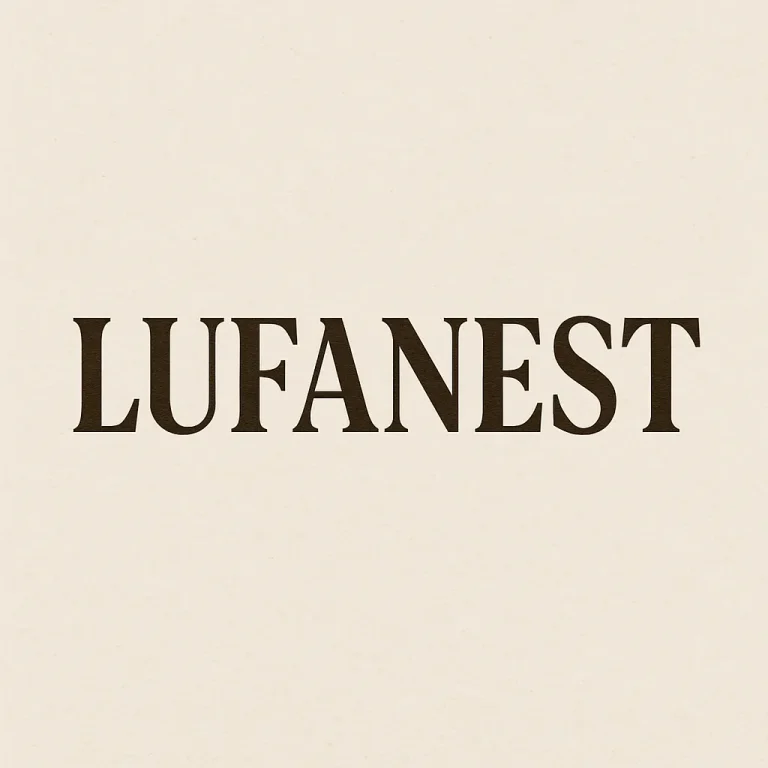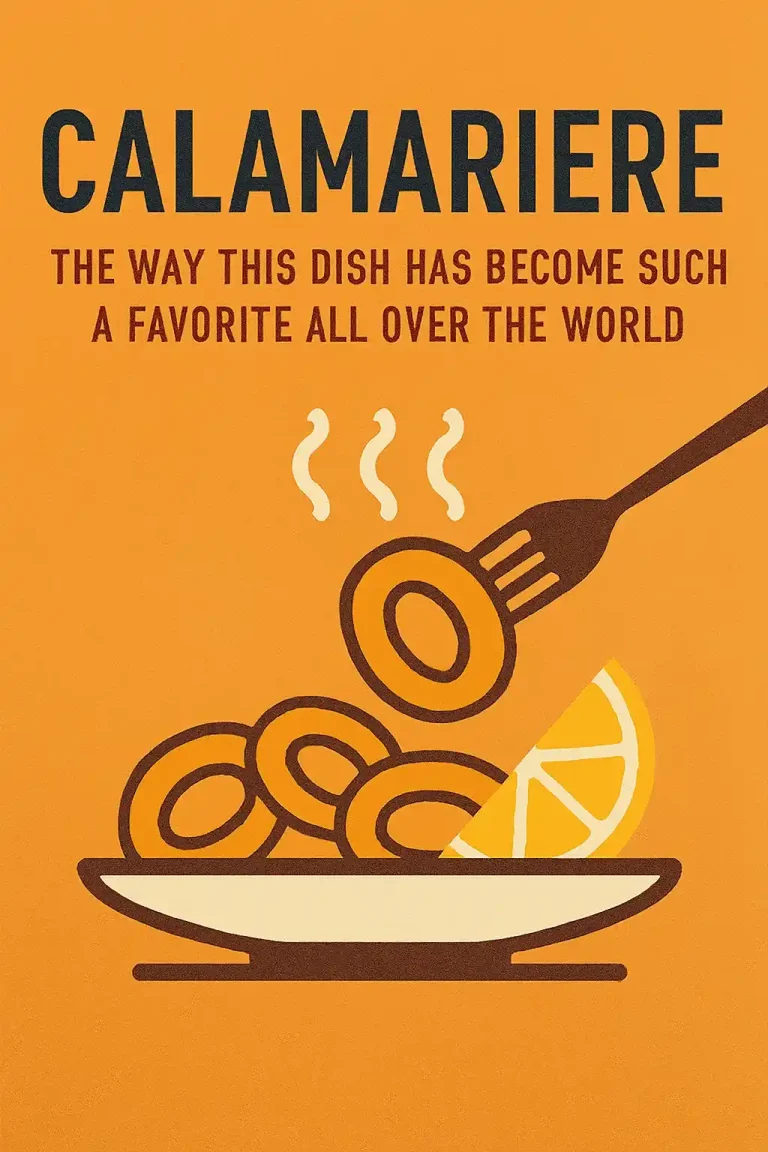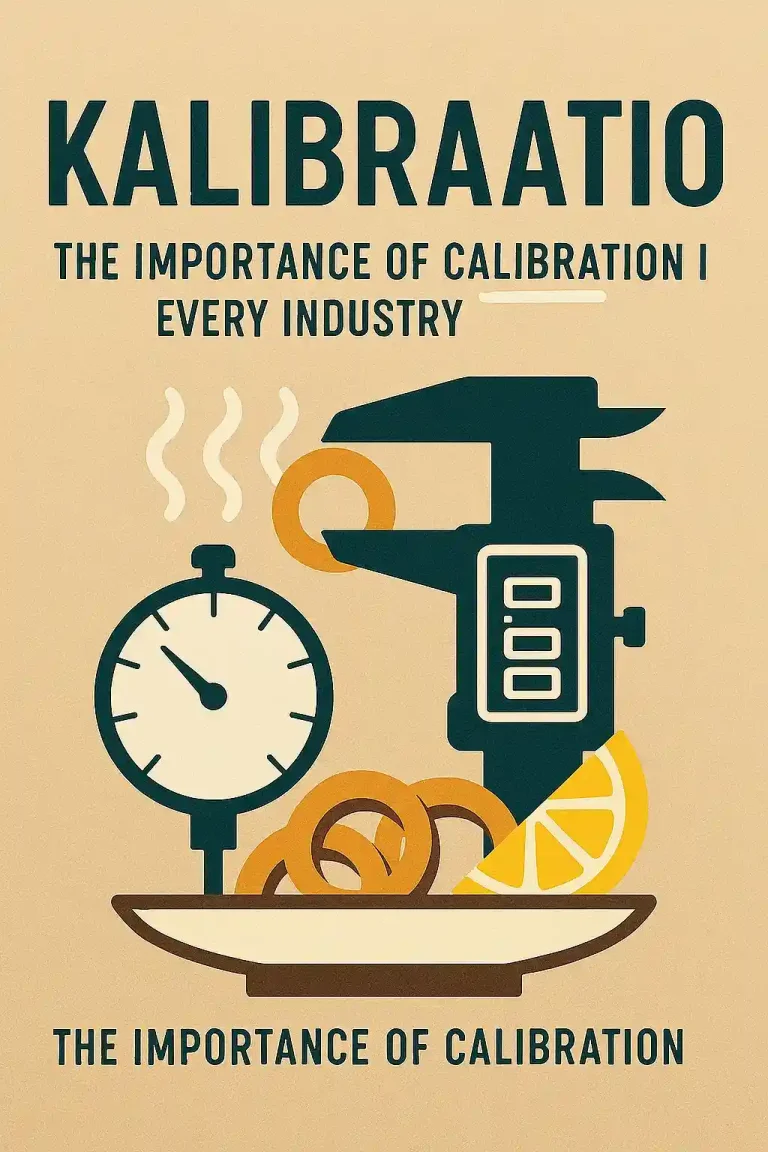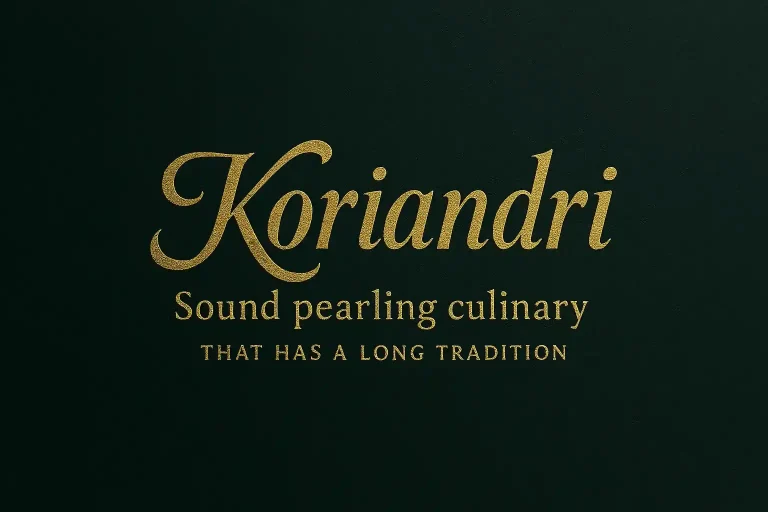Siozinis Meaning, Uses, and Impact in 2025: A Complete Guide
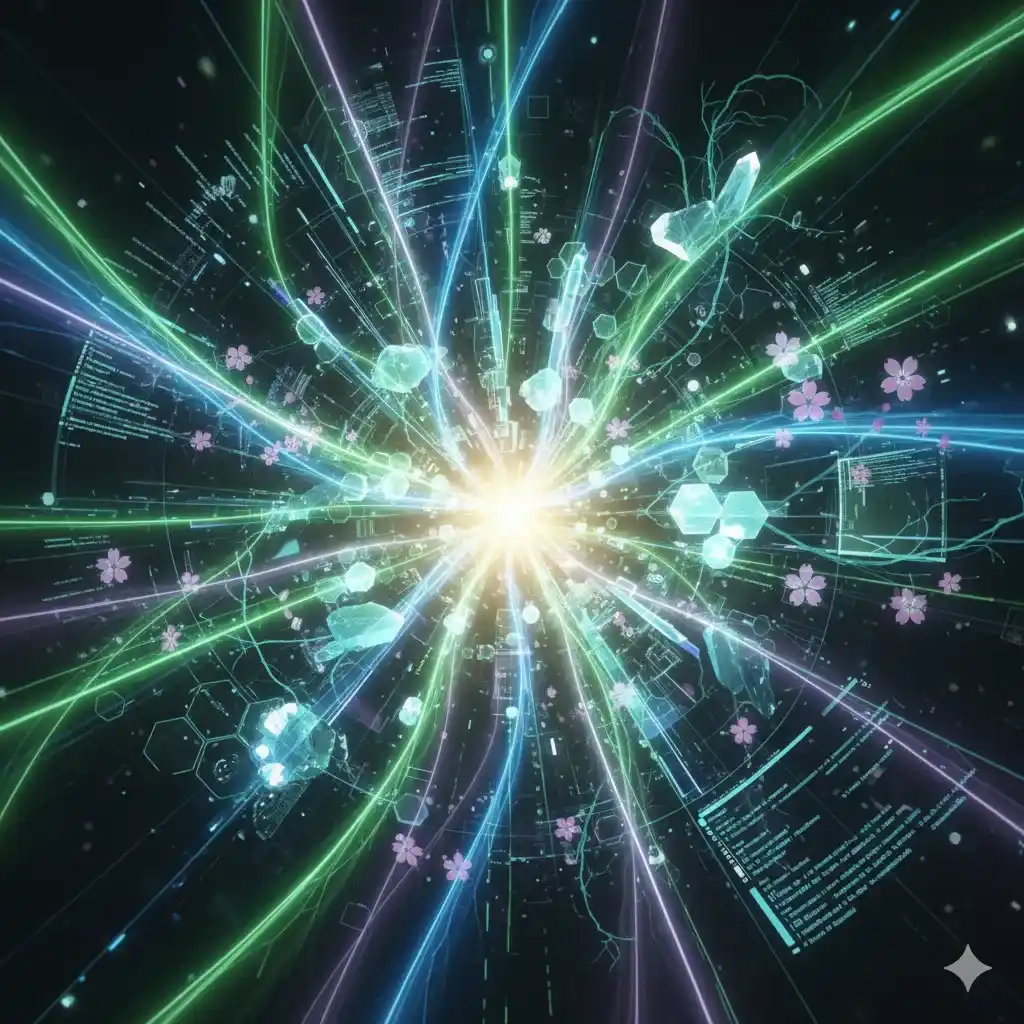
Siozinis Introduction
In today’s fast-paced cultural and digital era, new words and frameworks are constantly emerging. One such fascinating term is Siozinis — a concept that, while mysterious at first glance, represents connection, integration, and innovation.
This guide explores the origins, meaning, applications, and future of Siozinis, and why it’s becoming a relevant philosophy in 2025.
What is Siozinis?
At its core, Siozinis means synergy + vision. It reflects the ability of people, communities, and technologies to come together to create something greater than the sum of their parts.
Think of Siozinis as both a mindset and a tool:
- A way to see the world through integration
- A framework that values collaboration across boundaries
The Origins of Siozinis
- Emerged organically in digital forums, creative hubs, and innovation spaces
- Linguistic hints suggest ties to Eastern European/Baltic styles (“-inis”)
- Adopted as a buzzword for fresh ideas, cultural fusion, and collective growth
The Core Philosophy of Siozinis
- Integration – Blending diverse cultures, ideas, or technologies
- Synergy – Multiplying value through collaboration
- Innovation – Pushing limits to design bold solutions
Applications of Siozinis
1. Technology & Innovation
- AI platforms combining human values + digital tools
- Seamless UX/UI that feels intuitive and creative
2. Business & Entrepreneurship
- Startups built on partnership, inclusivity, and sustainability
- Hybrid models that thrive in competitive markets
3. Art & Creativity
- Cross-cultural fusion in music, visual art, and digital design
- Traditional meets modern: Siozinis in hybrid expressions
4. Lifestyle & Wellness
- Holistic practices (yoga + mindfulness + nutrition)
- Integrative routines for mind, body, and soul
5. Community & Culture
- Inclusive movements solving collective challenges
- Social initiatives focused on unity in diversity
Why Siozinis Matters Today
- Globalization – Helps unify diverse perspectives
- Tech Overload – Offers harmony between humans & digital systems
- Cultural Fusion – Integrates influences meaningfully
- Innovation Demand – Encourages adaptability & problem-solving
Benefits of Embracing Siozinis
- Enhanced creativity
- Stronger collaboration
- Sustainable growth
- Resilience in uncertainty
- Balanced, holistic living
Challenges of Siozinis
- Over-complexity (too many blended elements)
- Resistance to change (not everyone welcomes integration)
- Dilution of identity (risk of losing uniqueness)
With balance, these challenges can be mitigated and turned into strengths.
Future of Siozinis
- AI-driven collaboration platforms
- Education models merging tech with tradition
- Art movements that blur global-cultural boundaries
- Eco-conscious communities emphasizing sustainability
Siozinis is shaping a future built on diversity, unity, and creative problem-solving.
Final Thoughts
Siozinis is more than a buzzword — it’s a visionary framework for the modern world. By embracing Siozinis, people and organizations can:
- Unlock creativity
- Strengthen communities
- Build sustainable solutions
In a world of uncertainty, Siozinis is a reminder: we grow stronger when we innovate and integrate together.
FAQs About Siozinis
What does Siozinis mean?
It represents synergy, integration, and innovation — blending people, ideas, and technology.
Where did the word originate?
It emerged organically in online and creative spaces, with linguistic hints from Baltic/Eastern European styles.
How is Siozinis applied in business?
By focusing on partnerships, inclusivity, and sustainable innovation.
Why is Siozinis relevant in 2025?
Because it offers a framework for collaboration and adaptability in a rapidly changing, globalized world.
Can Siozinis be applied in everyday life?
Yes — through holistic living, blending wellness practices, and fostering cultural openness.

